Inside The 2016 Tech Coast Angels 10th Anniversary Quick Pitch Event
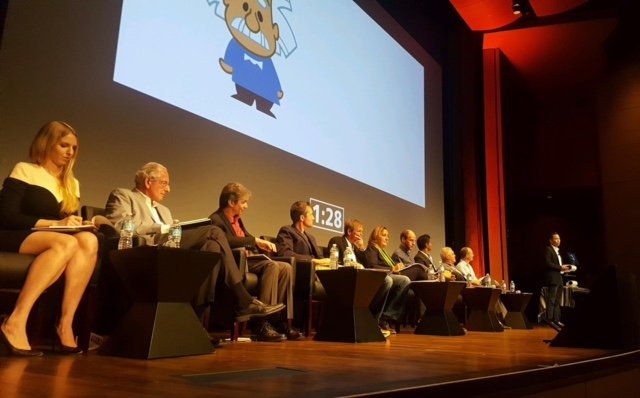
It’s no secret, the Tech Coast Angels is one of the largest, if not THE largest angel investor group in the nation. “Consisting of experienced CEOs, senior executives, current and former entrepreneurs, venture capitalists and other professionals, members have invested over $180 million in more than 300 companies and have helped entrepreneurs attract more than […]
TSG’s Highlights from the Connection Innovation Report: San Diego
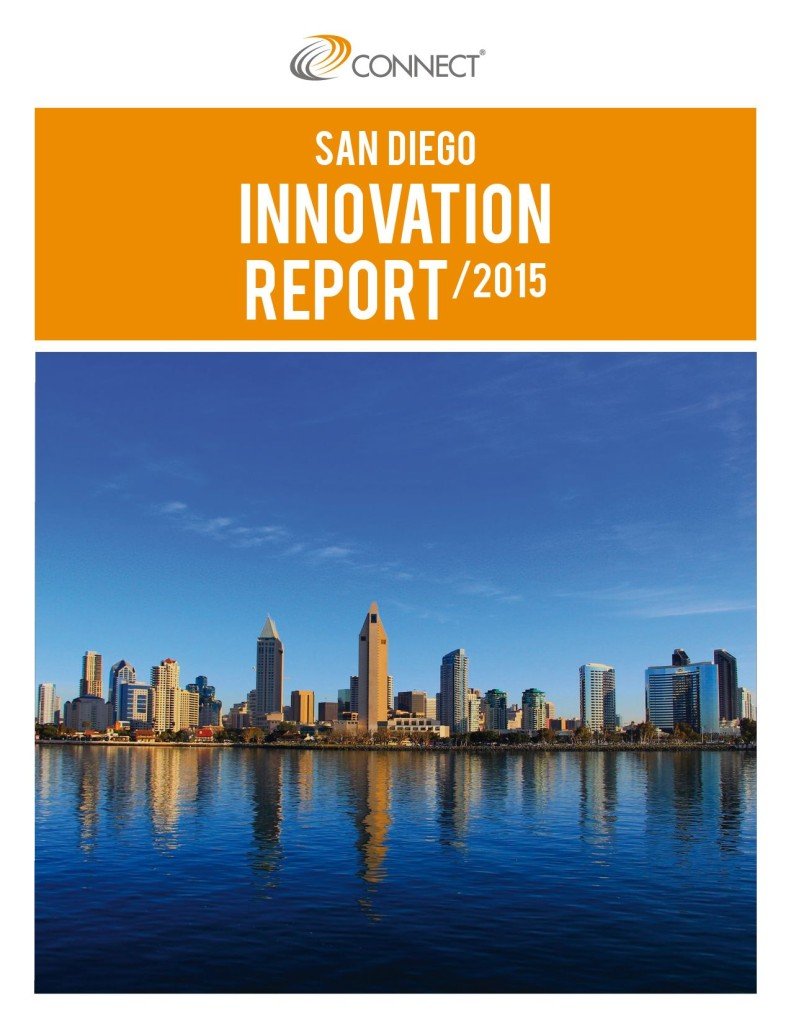
CONNECT, a San Diego non-profit helping to create and scale innovation companies, assists entrepreneurs by providing resources that allow them to grow their business. Since 2005, they have measured the growth in economic innovation in San Diego. We highlighted the key findings of the report to showcase the advancement of San Diego’s entrepreneurial growth. We […]
6 Reasons You’ll Want To Attend This Year’s USD Legacy Entrepreneurship Conference
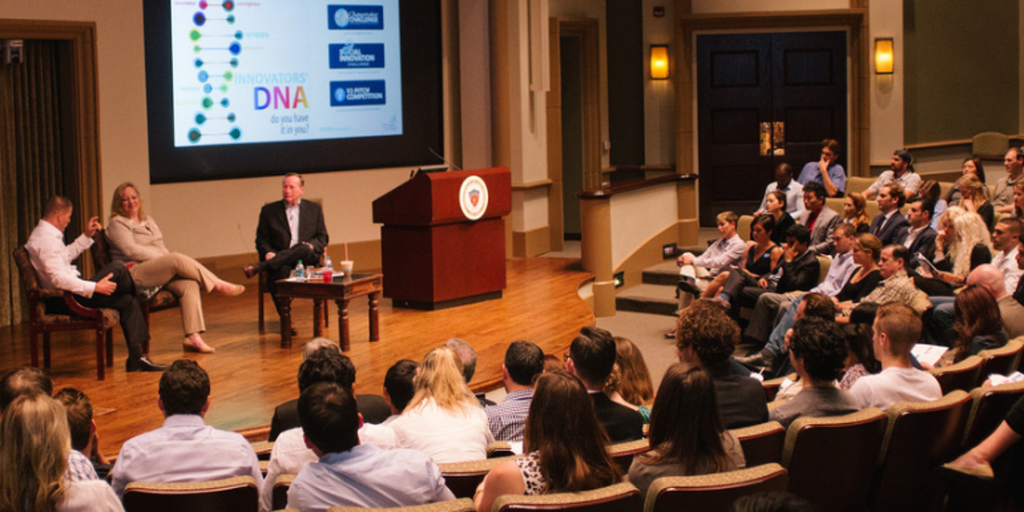
On Thursday Oct 6 2016 The University of San Diego School of Business Administration and the Center for Peace and Commerce proudly present the annual USD Legacy Entrepreneurship Conference. Here are some of TSG’s reasons why you’ll want to attend this annual event. 1. There is no cost to attend. It’s a very valuable and […]
MintShow featured at TechCrunch Disrupt SF!

There is nothing more rewarding than being truly connected with a client’s vision and passion. MintShow is the first social network that helps people maintain an uplifted state of mind by providing a community that’s dedicated to positivity and inspiration. The Startup Garage has had the pleasure of working with MintShow and the company’s inspiring […]
Rise Up Radio Interview with Tyler Jensen Founder of The Startup Garage
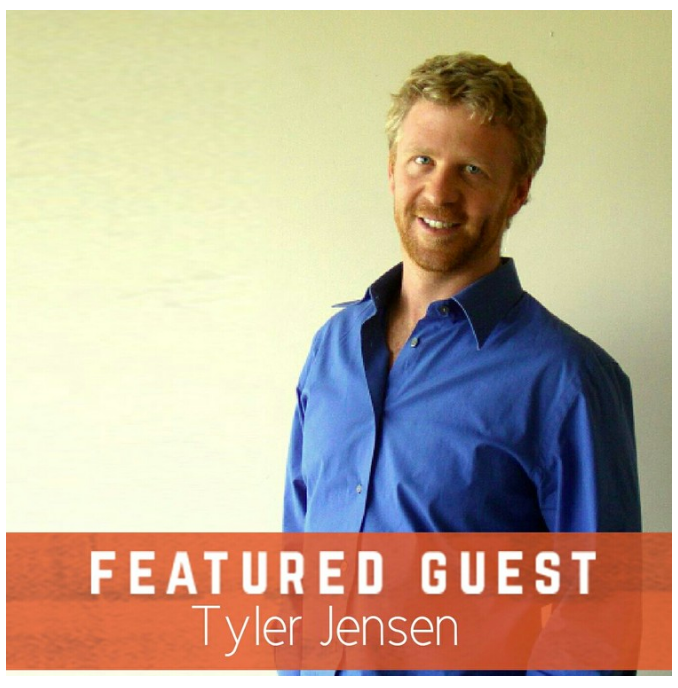
You are listening to James Carmody and Jared Kelley here, in studio for SDriseup.com We are looking to hear stories in your life about local leaders in San Diego. Whether it is the small business owner, your Pastor or leader of your church, your kid’s school teacher or maybe it’s their Little League coach. James: […]
5 Reasons to Attend The USD V2 Pitch Competition For Entrepreneurs
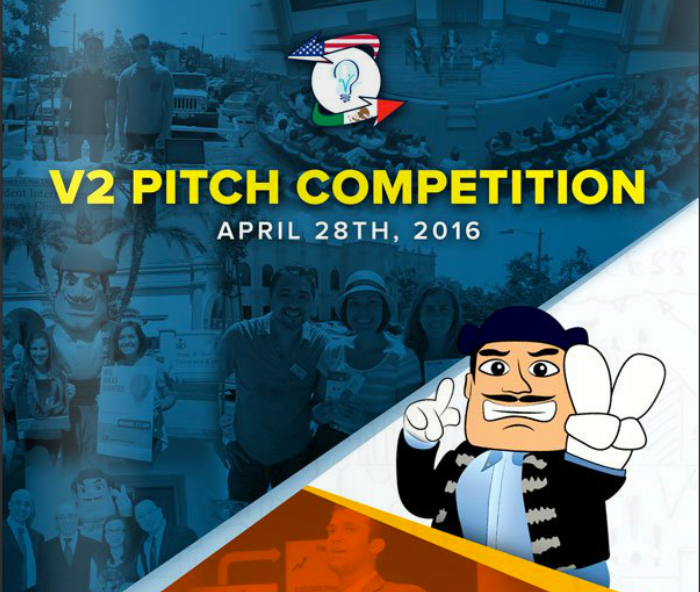
On Thursday April 28th University of San Diego School of Business will hold an exciting competition in a “Shark Tank” like setting. Top student entrepreneurs from USD and Tijuana will compete for a total of $100,000 in cash and invaluable mentorship and support. The Startup Garage Team Compiled The Top 5 Reasons this is a […]
How to Craft an Effective Mission Statement For Your Startup

When developing a business, an important component of your overall strategic plan is a mission statement. This brief statement declares the purpose of an organization and defines the reason for the company’s existence. It provides the framework to help guide the company’s strategies and actions by spelling out the business’s overall goal. Ultimately, a mission […]
How to Create a Social Media Profile For Your Business

As a startup or small business owner, you have to be smart with the resources you have. Oftentimes, traditional marketing doesn’t exactly fall within your budget. That’s why social media is a great alternative in generating the results you want to achieve. It’s not only low-cost, but it also gives you direct exposure to current […]
Crowdfunding For Equity: Title III and Equity Crowd Funding 101
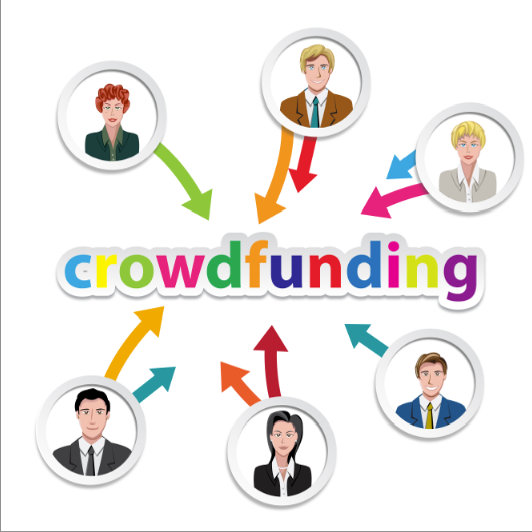
What is Equity Crowdfunding? Equity crowdfunding is on the rise after the signing of the Jumpstart Our Business Startups (JOBS) Act was signed by President Obama in April 2012. Simply put, it is a type of crowdfunding that enables broad groups of investors to fund startup companies and small businesses in return for equity. Three […]
Entrepreneur Mindset: Lottery Players and Startup Unicorns
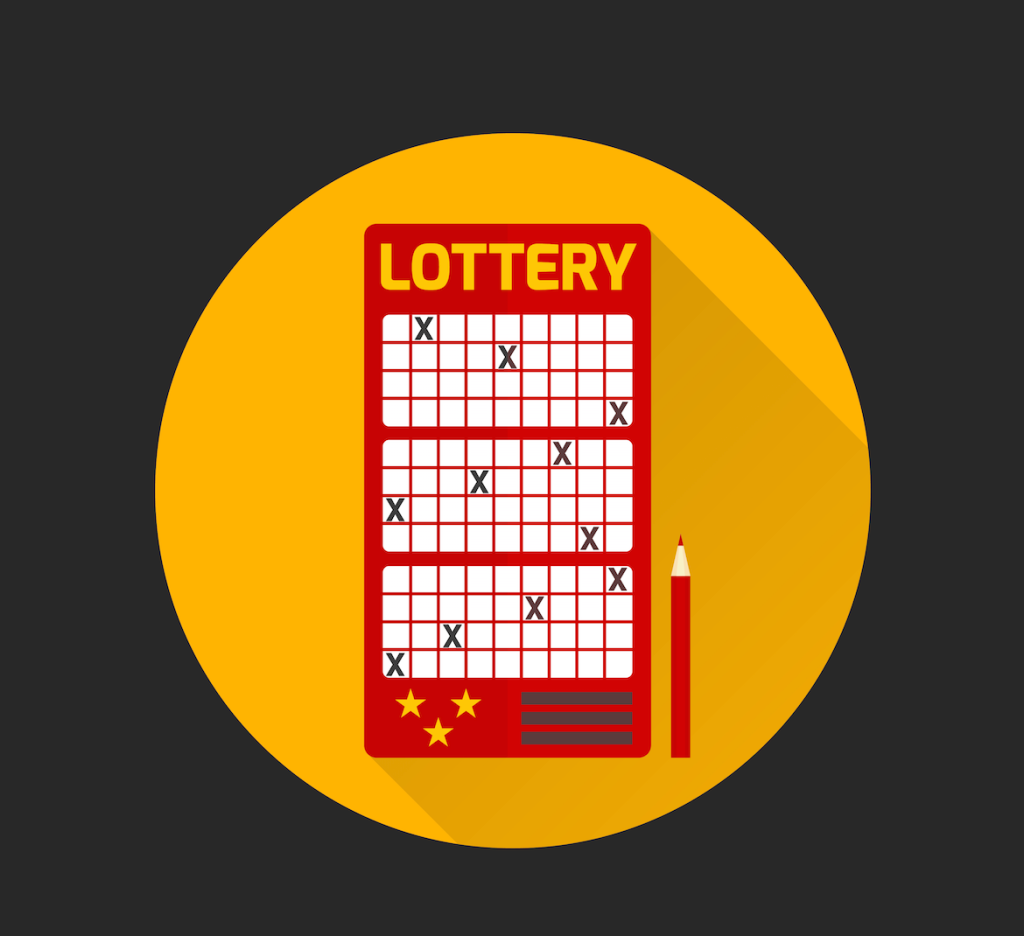
4 MindSet Similarities Between Startup Unicorns and Lottery Players As of March 17, 2016 CB Insights’s real time unicorn tracker, lists that 155 Startup Companies are valued at $1 billion or more with a total cumulative valuation of $550billion. A steady increase of 111 new companies since February 2014. Although, the exclusive startup unicorn club […]

